Urbanization Trends
Rapid urbanization is a key driver of the Concrete Blocks and Bricks Market. As populations migrate to urban areas, the demand for housing and infrastructure escalates. This surge in construction activities necessitates the use of concrete blocks and bricks, which are favored for their durability and cost-effectiveness. In many regions, urban centers are experiencing a construction boom, with new residential and commercial projects emerging. For instance, it is projected that the demand for concrete blocks will increase by approximately 5% annually in urban areas through 2025. This trend not only supports the growth of the market but also encourages the development of innovative building solutions that cater to the needs of densely populated environments.
Technological Innovations
Technological advancements are reshaping the Concrete Blocks and Bricks Market. Innovations in manufacturing processes, such as automated production lines and 3D printing, are enhancing efficiency and reducing costs. These technologies enable manufacturers to produce high-quality concrete blocks and bricks with precision, meeting the increasing demands of the construction sector. Furthermore, the integration of smart technologies in building materials is gaining traction, allowing for improved performance and sustainability. For example, self-healing concrete is emerging as a potential solution to enhance the longevity of structures. As these technologies continue to evolve, they are expected to significantly impact market dynamics, potentially increasing the market size by 10% by 2026.
Sustainability Initiatives
The Concrete Blocks and Bricks Market is increasingly influenced by sustainability initiatives. As environmental concerns gain prominence, manufacturers are adopting eco-friendly practices. This includes the use of recycled materials in production, which not only reduces waste but also lowers the carbon footprint associated with traditional manufacturing processes. The demand for sustainable building materials is projected to rise, with a significant portion of consumers prioritizing eco-conscious choices. In 2025, it is estimated that the market for sustainable concrete blocks and bricks could account for over 30% of total sales, reflecting a shift towards greener construction practices. This trend is likely to drive innovation in material science, leading to the development of new products that meet both performance and environmental standards.
Economic Growth and Investment
Economic growth and investment trends are pivotal drivers of the Concrete Blocks and Bricks Market. As economies expand, there is typically an increase in construction activities, fueled by both public and private investments. Infrastructure projects, residential developments, and commercial constructions are on the rise, creating a robust demand for concrete blocks and bricks. In 2025, it is expected that the construction sector will witness a growth rate of around 6%, directly benefiting the concrete blocks and bricks market. Additionally, favorable economic conditions often lead to increased consumer confidence, further stimulating demand for new housing and commercial spaces. This positive economic outlook is likely to sustain the momentum of the market in the coming years.
Government Regulations and Standards
Government regulations and standards play a crucial role in shaping the Concrete Blocks and Bricks Market. Stricter building codes and environmental regulations are compelling manufacturers to enhance product quality and sustainability. Compliance with these regulations often requires investment in advanced technologies and materials, which can drive up production costs. However, this also presents an opportunity for companies that can innovate and meet these standards effectively. In many regions, governments are incentivizing the use of sustainable building materials, which could lead to a shift in market preferences. By 2025, it is anticipated that adherence to these regulations will influence approximately 40% of purchasing decisions in the construction sector, thereby impacting the overall market landscape.



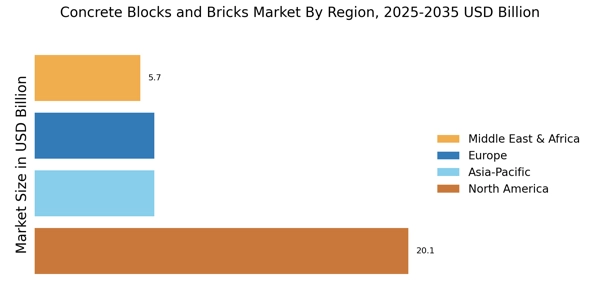
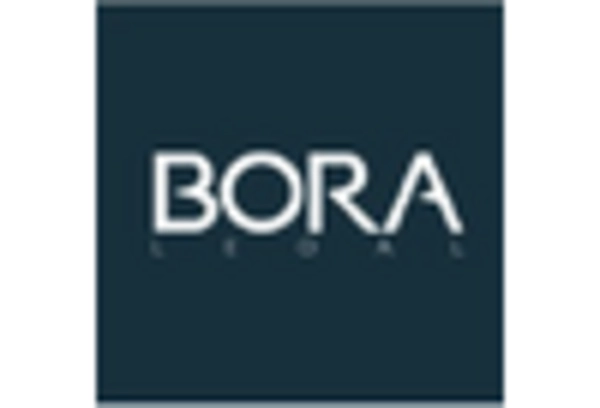
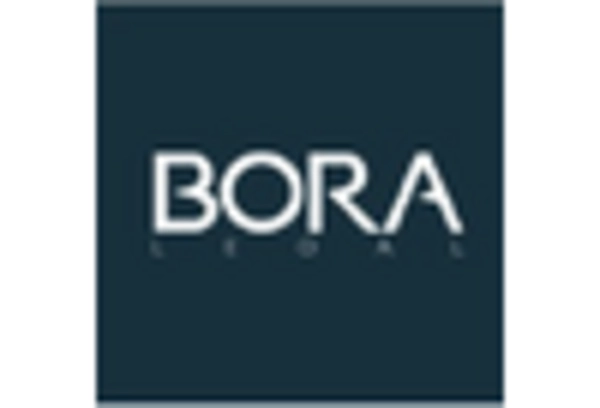


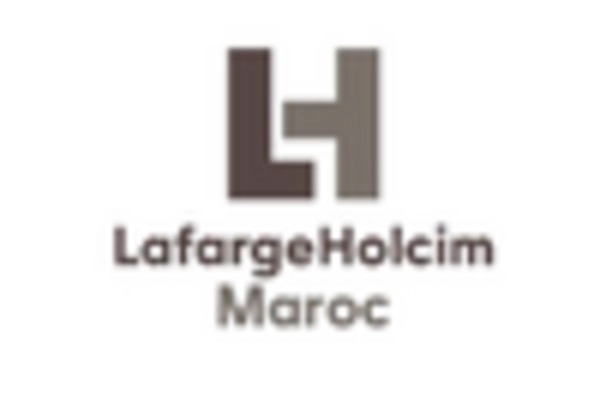
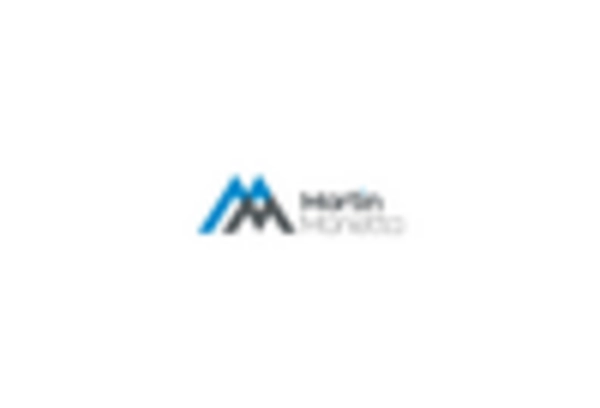
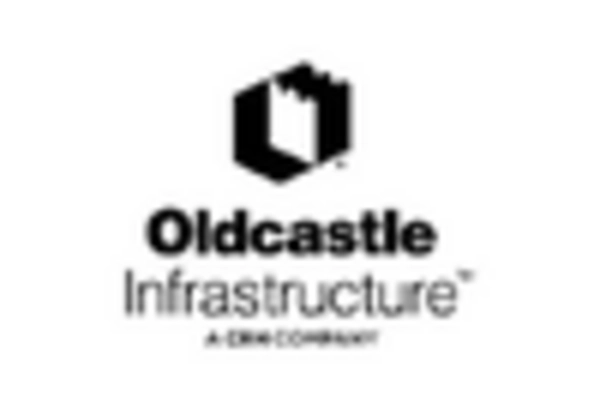
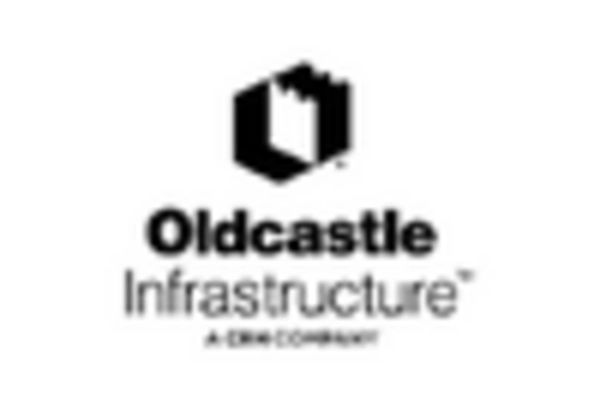








Leave a Comment